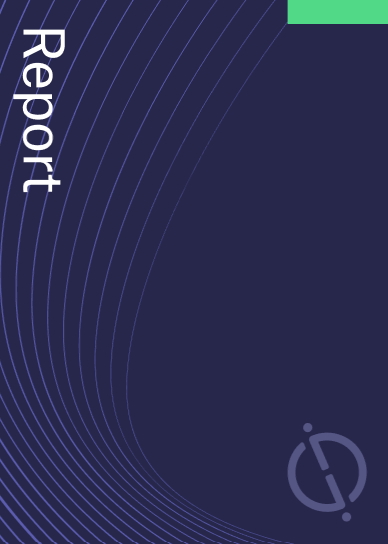Koch Industries has been granted a patent for an I/O connector that includes a body, a printed circuit board (PCB), a heatsink, and heatpipes. The connector is designed to thermally couple electrical components on the PCB with the heatsink using the heatpipes. The connector also features a cable entrance port and a pluggable portion for easy connection. GlobalData’s report on Koch Industries gives a 360-degree view of the company including its patenting strategy. Buy the report here.
According to GlobalData’s company profile on Koch Industries, Digital lending was a key innovation area identified from patents. Koch Industries's grant share as of September 2023 was 64%. Grant share is based on the ratio of number of grants to total number of patents.
Patent granted for an i/o connector with heatpipe cooling
A recently granted patent (Publication Number: US11774693B2) describes an input/output (I/O) connector for an optical transceiver module. The connector includes a body with a cable entrance port at the rear end and a printed circuit board (PCB) positioned between the first and second surfaces of the body. The PCB has electrical components mounted on both sides. The connector also features two heatpipes, one positioned between the first surface and the first side of the PCB, and the other between the second surface and the second side of the PCB. These heatpipes are thermally coupled with heatsinks located on the respective surfaces of the body. The connector also includes a pluggable portion at the front end that is connected to a cage mounted on the PCB.
Additionally, the patent describes a chassis designed to receive one or more of these I/O connectors. The chassis includes a front panel with perforations for airflow, a front upper baffle, and a front lower baffle. The front panel has an array of port openings to accommodate the I/O connectors, positioning the heatsinks beyond the front panel. The chassis also includes fan mounts to hold fans that create an airflow from the front to the rear of the chassis. The front upper and lower baffles direct the airflow over the heatsinks of the I/O connectors, ensuring efficient cooling.
The patent also covers an optical transceiver module that incorporates the I/O connector. The module has a body with a cable entrance port, a PCB with heatpipes and electrical components, and a pluggable portion at the front end that fits into a cage. The module includes heatsinks on the first and second surfaces of the body, with conductive fins extending in opposite directions. The module can be seated within a cage defined by a standard specification, and the dimensions of the pluggable portion comply with this specification.
Overall, this patent presents an innovative design for an I/O connector and its integration into an optical transceiver module and chassis. The inclusion of heatpipes and heatsinks ensures effective thermal management, while the pluggable portion and compliance with standard specifications enhance compatibility and ease of use. The chassis design with directed airflow further enhances cooling efficiency.
To know more about GlobalData’s detailed insights on Koch Industries, buy the report here.
Data Insights
From

The gold standard of business intelligence.
Blending expert knowledge with cutting-edge technology, GlobalData’s unrivalled proprietary data will enable you to decode what’s happening in your market. You can make better informed decisions and gain a future-proof advantage over your competitors.







